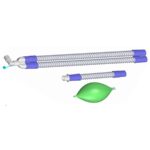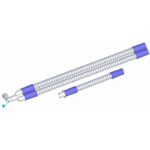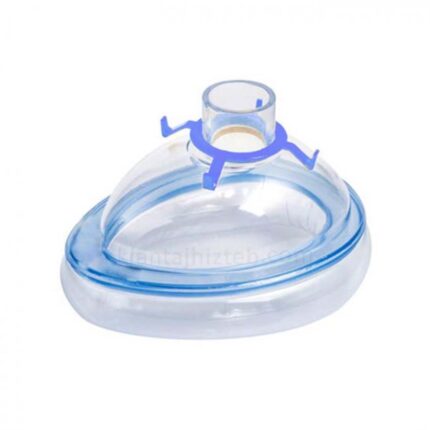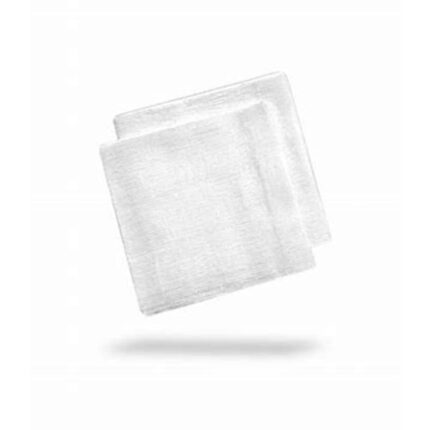Features of the ventilator circuit
1. High quality: Ventilator circuits are made of high quality materials in accordance with medical standards, which guarantee optimal performance and long life.
2. Ergonomic design: The design of these circuits is such that their use is easy for medical staff and comfortable for patients.
- High flexibility: These circuits have high flexibility, which makes them usable in different patient situations and maintain the comfort of the patient.
- Sterility: Ventilator circuits are provided in a sterile form to prevent any contamination and maintain patient safety.
- Compatibility with different devices: These circuits are compatible with different types of ventilators and can be used in different models of these devices.
- Disposability: Many ventilator circuits are designed for single use to prevent the transmission of infections and improve hospital hygiene.
- Various lengths and sizes: These circuits are available in various lengths and sizes to meet the needs of different patients and treatment conditions.
8. Reduction of breathing resistance: The design of these circuits is such that they create the least resistance to air flow and facilitate the patient’s breathing.
9. With antibacterial filters: Some ventilator circuits are equipped with antibacterial filters that prevent bacteria and germs from entering the patient’s respiratory system.
Ventilator circuits play an important role as a vital tool in the care of patients with respiratory problems. These circuits with their unique features can help improve the quality of respiratory care and increase the safety of patients. Choosing a quality ventilator circuit ensures providing the best medical services to patients.
The use of high quality ventilator circuits can have a significant impact on the health and recovery of patients. Some other features and benefits of this product include:
- Reducing the risk of nosocomial infections: By using sterile and disposable circuits, the risk of transmission of nosocomial infections is greatly reduced, which is very important for patients in intensive care units.
- Reducing the risk of nosocomial infections: By using sterile and disposable circuits, the risk of transmission of nosocomial infections is greatly reduced, which is very important for patients in intensive care units.
- Support for all types of mechanical ventilation: ventilator circuits can be used in various types of mechanical ventilation, including volumetric, pressure and combined ventilation. This causes more flexibility in using these circuits in different treatment conditions.
- Durability and stability: The high-quality materials and engineered design of these circuits ensure their long-term durability and stability, which helps reduce frequent replacement costs.
- Noise and vibration reduction: Some ventilator circuits are designed to minimize noise and vibration caused by airflow, which provides greater patient comfort.
- Adjustable airflow These circuits allow the medical staff to adjust the airflow based on the specific needs of each patient, which helps improve the patient’s respiratory condition.
- Easy Access to Accessories: Ventilator circuits often come with a variety of accessories that allow you to upgrade and improve their performance. These accessories include various connectors, additional masks and filters.
- Bio-compatible design: The materials used in these circuits are bio-compatible and can be disposed of in an environmentally friendly manner, which helps to preserve the environment.

















Reviews
There are no reviews yet.